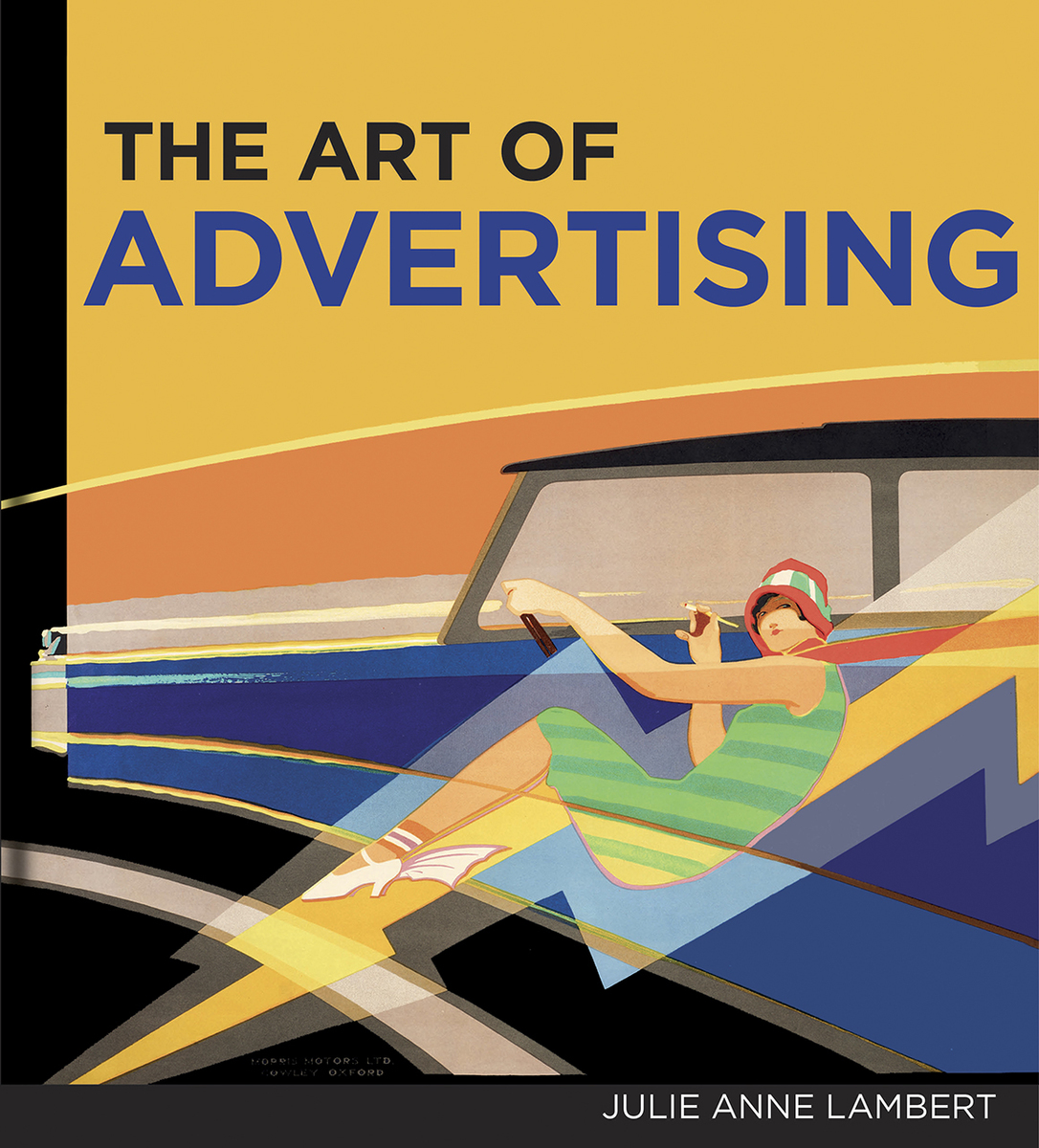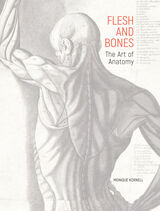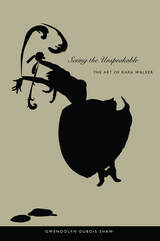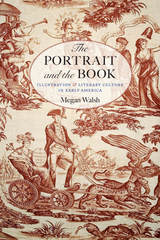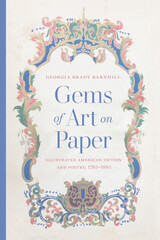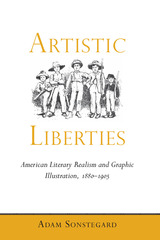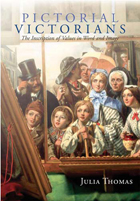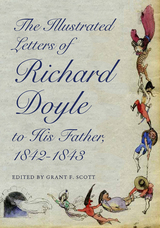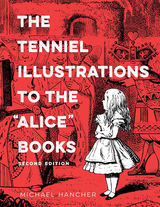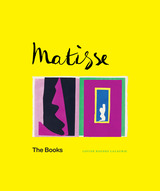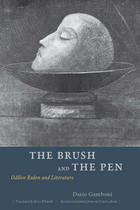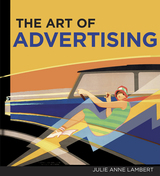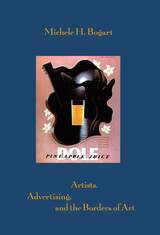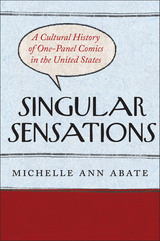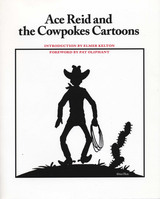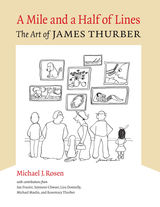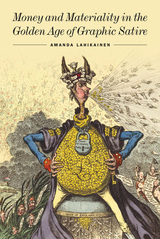The Art of Advertising, The
Bodleian Library Publishing, 2020
Cloth: 978-1-85124-538-3
Library of Congress Classification NC998.L335 2020
Dewey Decimal Classification 741.6
Cloth: 978-1-85124-538-3
Library of Congress Classification NC998.L335 2020
Dewey Decimal Classification 741.6
ABOUT THIS BOOK | AUTHOR BIOGRAPHY | REVIEWS | TOC
ABOUT THIS BOOK
Advertisers in the nineteenth and early twentieth century pushed the boundaries of printing, manipulated language, inspired a new form of art and exploited many formats, including calendars, bookmarks and games. This collection of essays examines the extent to which these standalone advertisements – which have survived by chance and are now divorced from their original purpose – provide information not just on the sometimes bizarre products being sold, but also on class, gender, Britishness, war, fashion and shopping. Starting with the genesis of an advertisement through the creation of text, image, print and format, the authors go on to examine the changing profile of the consumer, notably the rise of the middle classes, and the way in which manufacturers and retailers identified and targeted their markets. Finally, they look at advertisements as documents that both reveal and conceal details about society, politics and local history. Copiously illustrated from the world-renowned John Johnson Collection of Printed Ephemera and featuring work by influential illustrators John Hassall and Dudley Hardy, this attractive book invites us to consider both the intended and unintended messages of the advertisements of the past.
See other books on: Advertising | Antiques & Collectibles | Commercial art | Lambert, Julie Anne | Posters
See other titles from Bodleian Library Publishing
